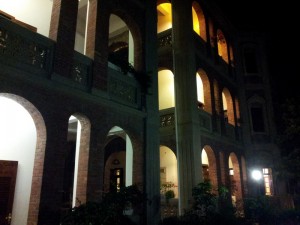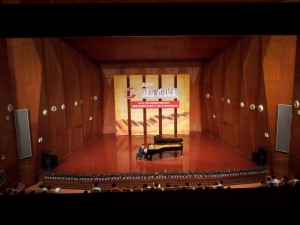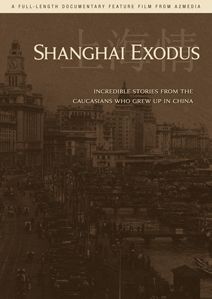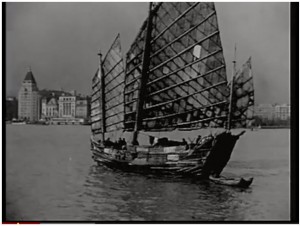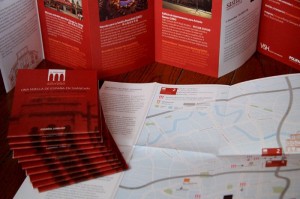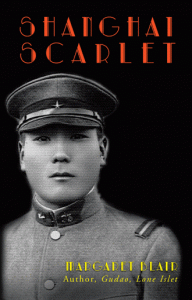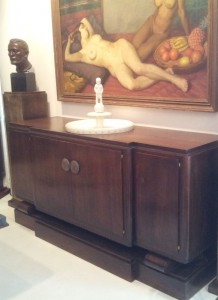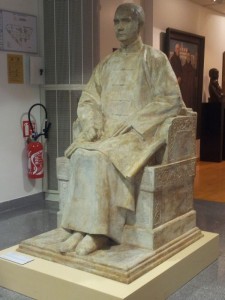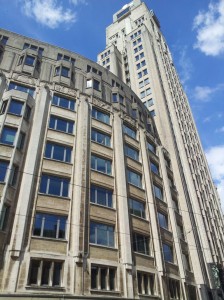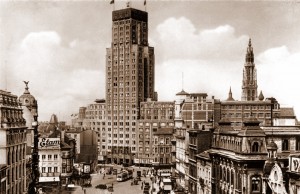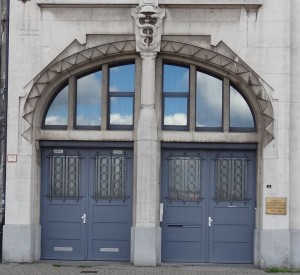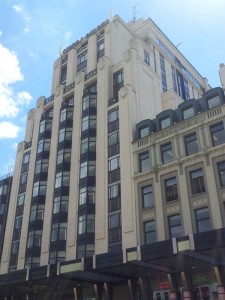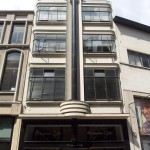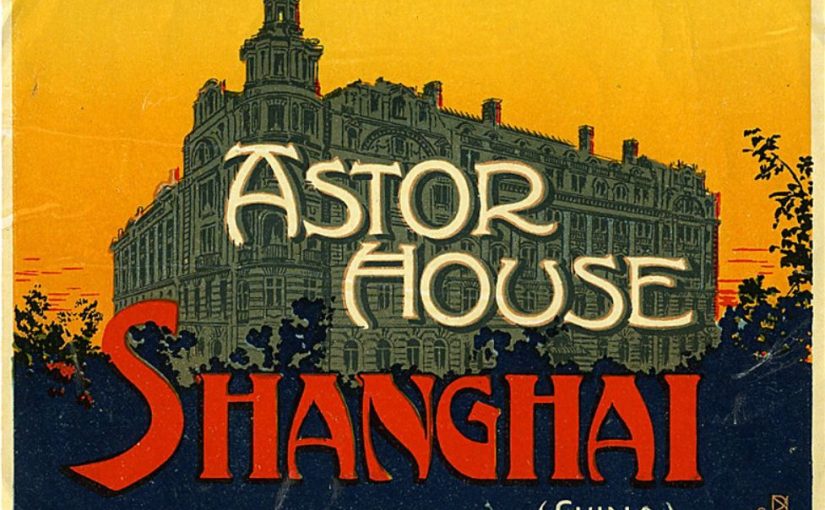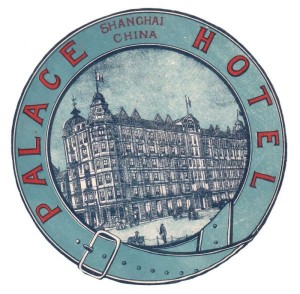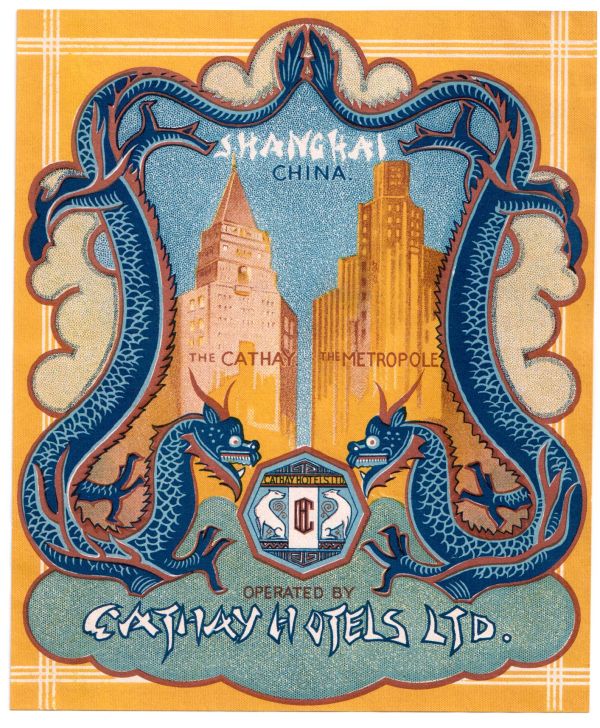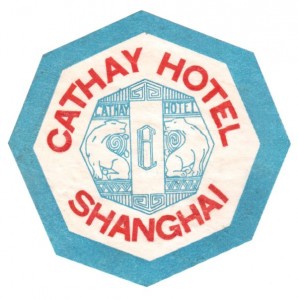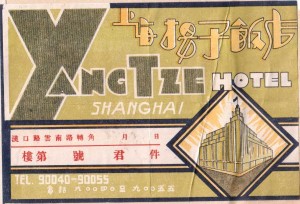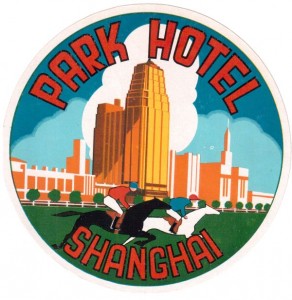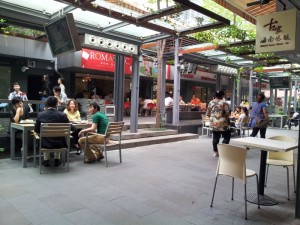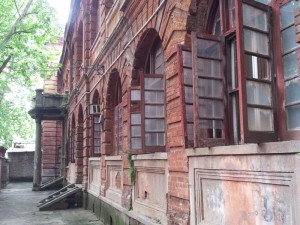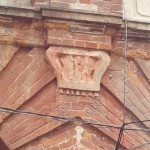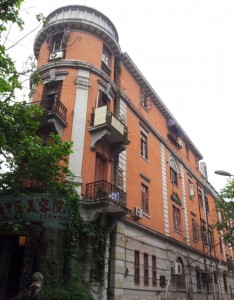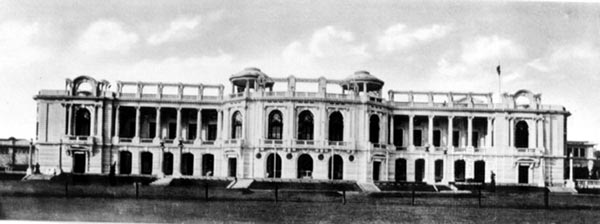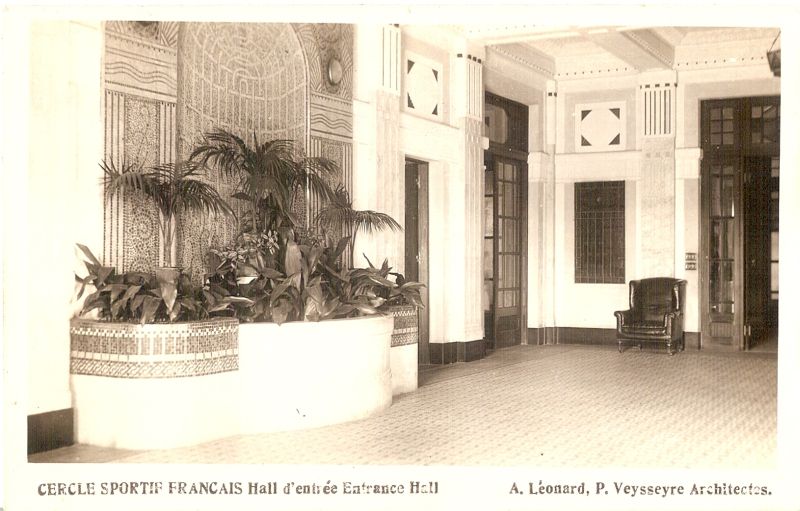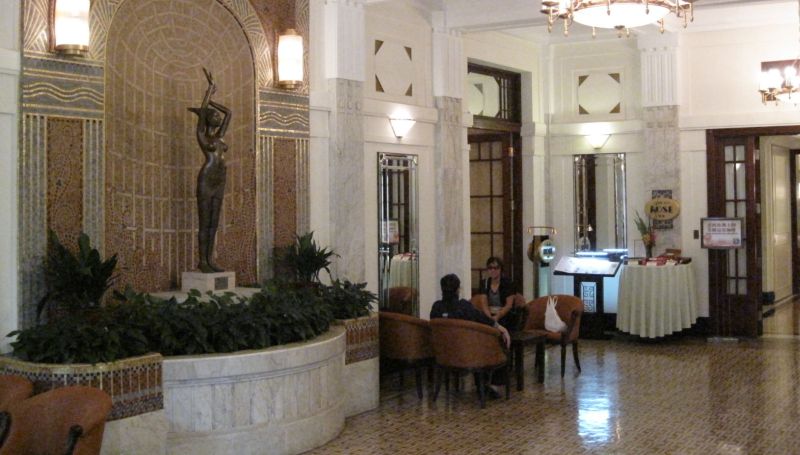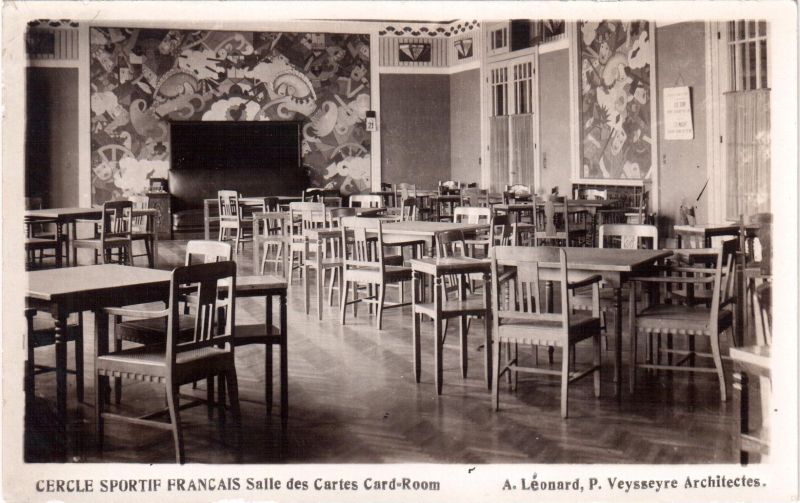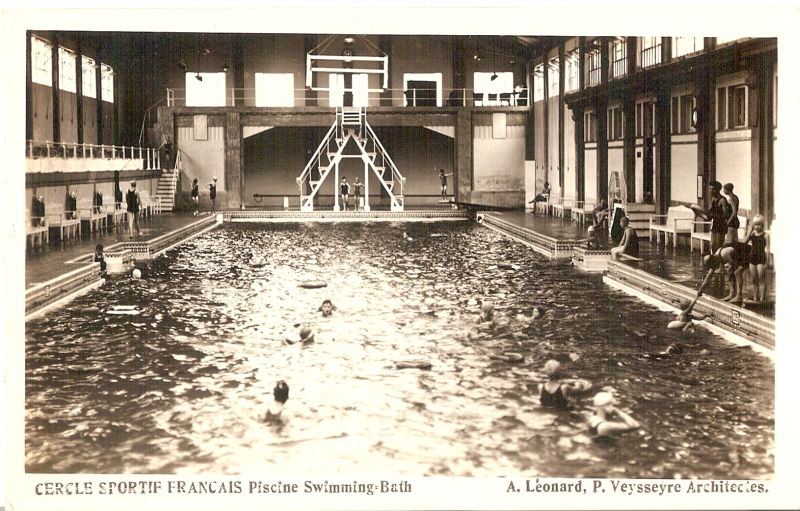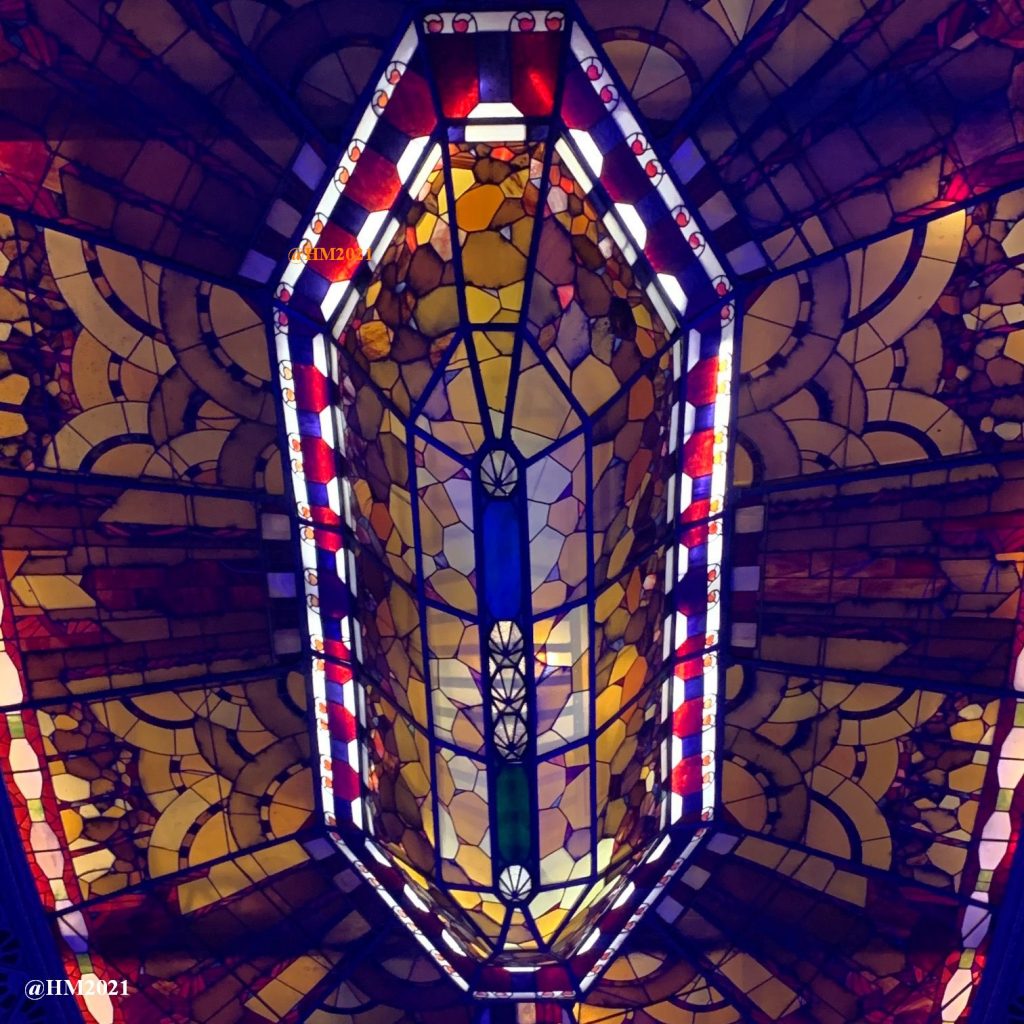GuLangYu island (鼓浪屿), off Xiamen in Fujian province, has always been one of my favorite place in China and I went there already 4 times. The yearly trips to the island were mostly in the winter (see post “The revival of Gulangyu), an easy escape from Shanghai fog and humidity. This time I went in September, a different time with a different weather but the island is still magical.
At our first trip to GuLangYu in 2007, not many people (at least from Shanghai) stayed overnight in the island. Accommodation was very limited and the only place open after 9pm was the Mc Donald’s at the ferry port, where we ended up one night. We found the one cafe on the hillside, enjoying coffee and 20C in the sunshine with the only company of the owners. I think this coffee house has disappeared since. Winter in GuLanYu is the low season and we felt at that time that the island belonged to us.
The following year, we stayed at a small home hotel but the weather got so cold that we spent most time in Naya Cafe drinking hot chocolate and eating warm food. We even ended up escaping the cold and the island, spending the last night in a big hotel on the Xiamen side. As written in post “The revival on GuLangYu“, by the third time we went the island had already transformed and a few more hotels had opened.
Three years have passed since and many many more hotels have now opened. From the experience in Chinese mass tourism, I was afraid that the island atmosphere would not survive.
Luckily, we arrived on the last night of the GuLangYu piano festival. Concerts are free and we could enjoy an unexpected but small and intimate concert from American/Uzbek piano master Stanislas Ioudenitch. The crowd attending the concert was really attentive and silent, a change from noisy and often uninterested crowds in Shanghai classical music concert. The festival attracted many people and I was really surprised of the crowd remaining on the island even after the concert. Not that many tourists used to stay on the island, this has definitely changed. It is now even possible to get a beer in a bar with music at 10:00pm, something unthinkable a few years ago. At the same time, the atmosphere has lost a bit from what I was used to. It’s only by walking around the small streets on the hills, away from the main street that I could find back the old tranquility of GuLangYu. Walking down the empty streets of the island, it felt again like being out of time, like being back again in the 1930’s when GuLangYu was a foreign concession off Xiamen.
The next day saw one of the best weather I have ever seen on the Island. We climbed up the rock, giving a splendid view up to Xiamen Bund. Just like in some parts of Shanghai, the contrast between the old houses from the concessions and the skyscrapers on the other side of the straight is stunning. As the piano festival was already finished, there was already less crowd on the island, but still quite many. Nights on GuLanYu are still magical and quite, but the days are now the one of main tourist attraction. Best go there in the winter, as there will should be much less people. This trip took place just before the October holidays, I later heard than one week later (during the actual holidays), the number of visitors increased tremendously, way over the existing records. I’m not sure how quiet the nights on GuLangYu were then, but fortunately I had already left.
For more information about Gulangyu (鼓浪屿), please go to post “Rain on Gulangyu” and “French Consulate of Amoy“.
